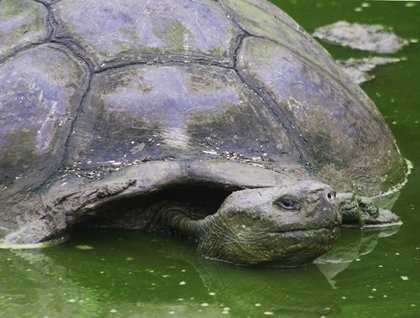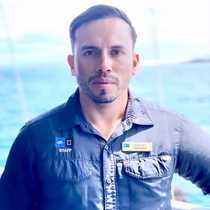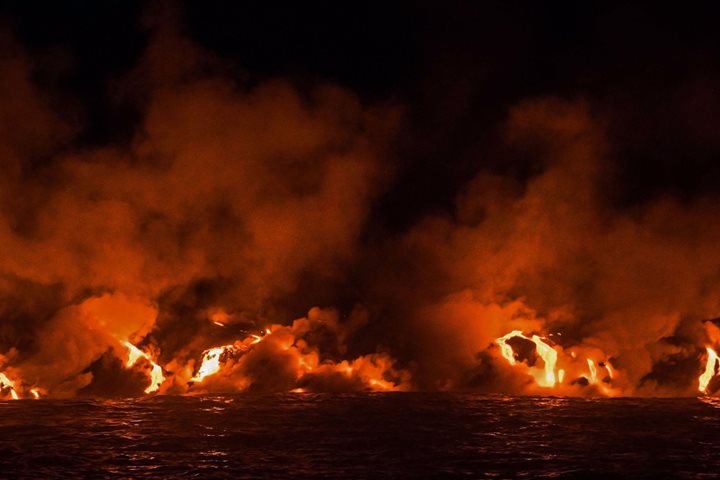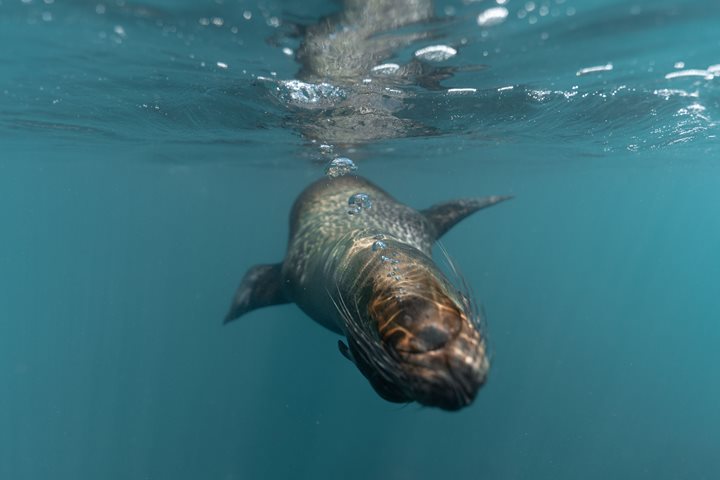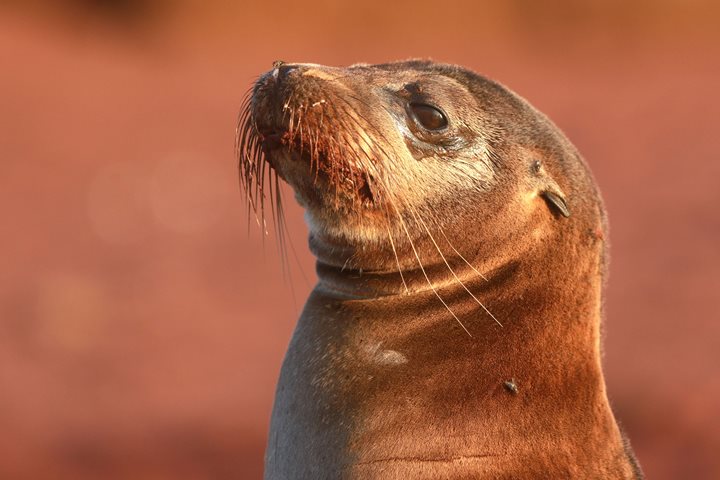Our mother vessel, the National Geographic Islander, dropped anchor at Puerto Ayora, the largest town I the Galapagos. This town holds the headquarters of the Charles Darwin Research Station and the headquarter facilities of the Galapagos National Park Service. We began our expedition by visiting the breeding center of the National Park. Many fascinating projects are taking place, some of them involve the breeding in captivity of Giant Tortoises from different islands. The idea here is to restore the dynasty of the emblematic animal from the Galapagos and study the best strategies to keep the Galapagos ecosystems pristine with the most minimum impact. Some well-known individuals of the station were spotted within the facilities. We spotted the famous Super Diego and the baby tortoises from Española Island, which were close to extinction in the 1970’s. After an informational visit to the breeding center, we headed to the Highlands to visit a local sugar cane press where we had the chance to learn about the processing of brown sugar, coffee and sugar cane alcohol. What a wonderful opportunity to experience a small piece of the social side of the islands and learn how locals lived when most basic facilities were not available in the archipelago.
The Galápagos giant tortoises are found all over the highlands of Santa Cruz, a place full of greenery and tall trees which provide shade for these giants. This afternoon we were lucky to spot plenty of them. There were a few females and many large males. Many of the individuals we saw were resting in the rain water ponds along with some pintail ducks who were looking for food in the muddy waters of the lagoon. We finished our highlands expedition by going on an underground exploration into a double decker lava tube. The geological features within the tube were just breathtaking, We got to spend a pleasant time with the giants of the Galapagos and learned so much about the future of the islands. This day helped us understand the local situation with the Giant Tortoises in the archipelago and why they are so important for the conservation of some of the endemic flora that have co-evolved with them.

